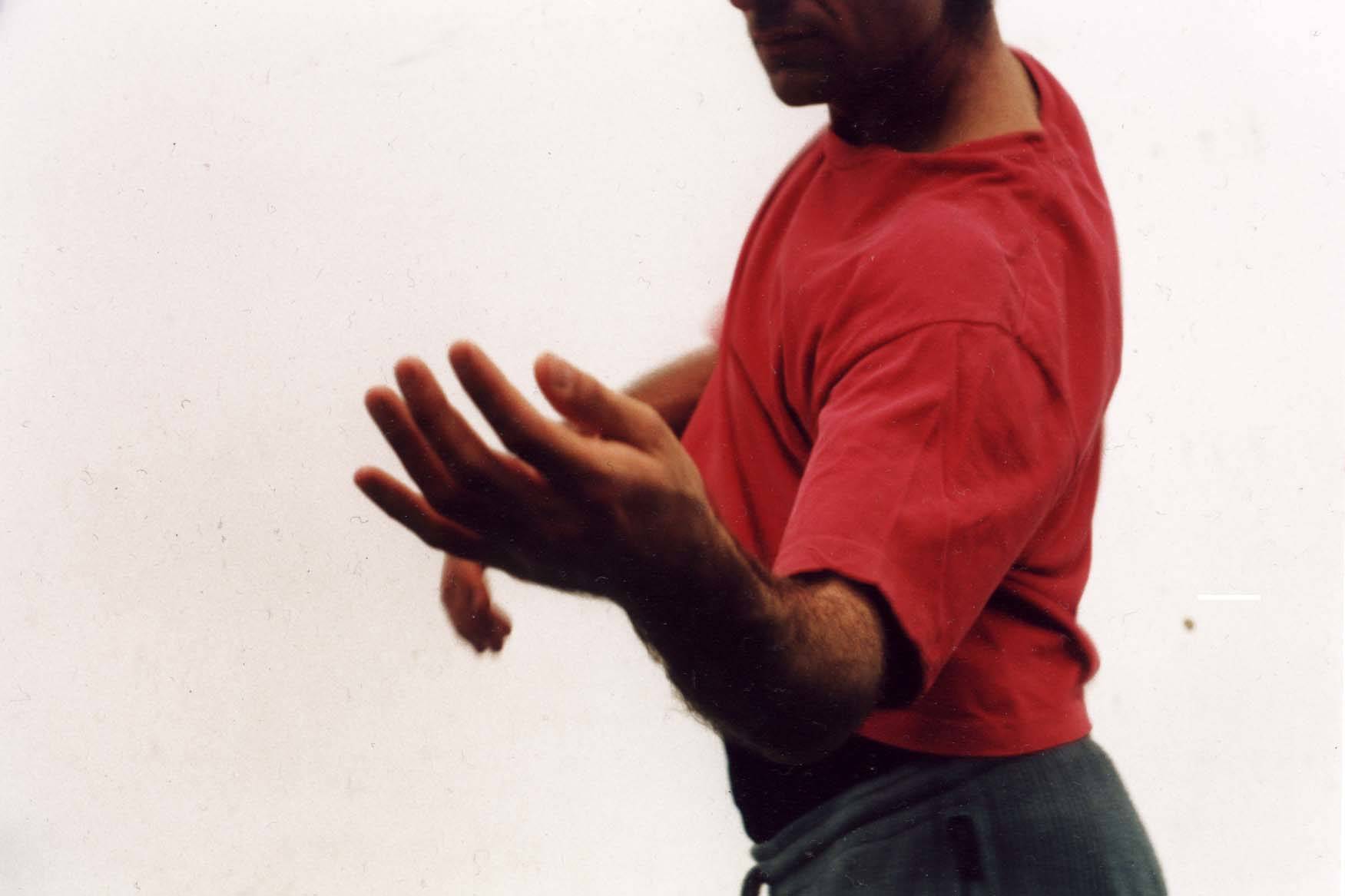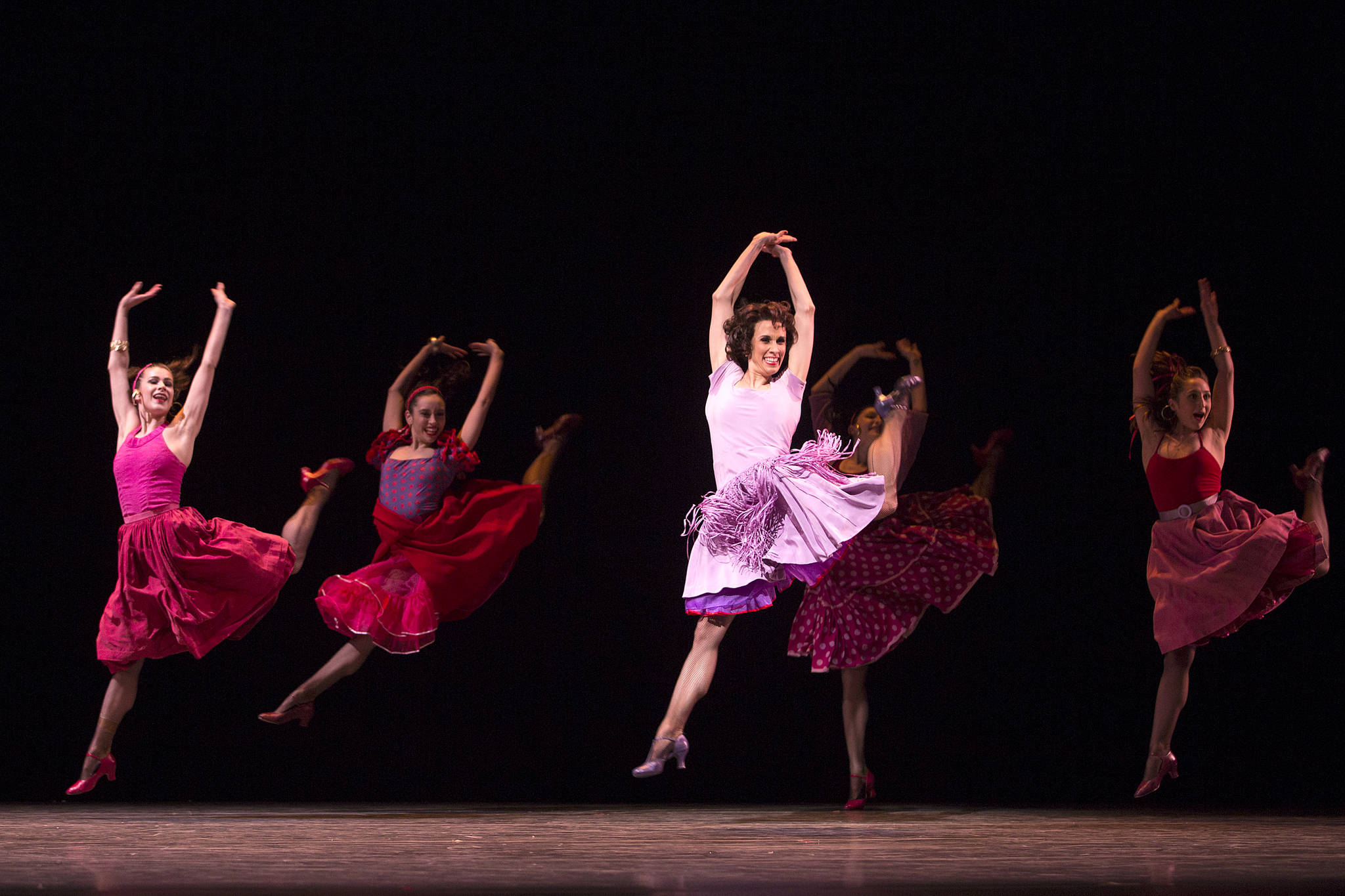BOLSHOI BALLET
Paramount Theatre, 911 Pine, 206-292-ARTS, $25-$98 7:30 p.m. Wed., Oct. 30-Fri., Nov. 1; 8 p.m. Sat., Nov. 2; 2 p.m. matinees Sat., Nov. 2 and Sun., Nov. 3
WHAT IS PROBABLY the most famous work in the ballet repertory was a big fat failure when it first opened. With lackluster choreography by Julius Reisinger and humdrum performances by the Imperial Russian Ballet in Moscow, the 1877 premiere of Swan Lake was such a dud that when someone was finally willing to take another try at it several years later, the only things they kept were the plot and the Tchaikovsky score. The “new” version that Marius Petipa and Lev Ivanov created in St. Petersburg in 1895 (for what is now the Kirov Ballet) was more than a success—over the years, it has become a touchstone for dancers and dance audiences.
Unlike classics in other fields, however, the actual guts of the work—the dancing itself—continues to be tweaked, modified, and redone with almost every new production. The production of Swan Lake that the Bolshoi Ballet has brought with it to the Paramount Theatre this week is one of many to exemplify what results from a malleable tradition.
Changeability, of course, is typical of dance, an art form notorious for historical amnesia. In drama and music, the text or score is a constant record of the creator’s original intentions; in dance, that printed anchor point is usually replaced with the more vulnerable memory of dancers themselves.
Like almost all versions made since its first attempt at flight, the 1901 Swan Lake by Alexander Gorsky was based on the Petipa/Ivanov ballet, and most of the key images we have of the work come from that 1895 production: the rushing phalanx of ensemble dancers in white; the interlinked quartet of swans picking their way downstage to a ticktock rhythm; and, most potently, the ballerina’s signature arm gestures mimicking the beating wings of a trapped bird. But Gorsky, an admirer of innovative theater director Konstantin Stanislavsky, de-emphasized the formal aspects of the ballet, substituting what he felt were more realistic crowd scenes.
Since then, different productions of the work have emphasized different qualities. Russian productions have continued to develop a sense of dramatic continuity, creating a dance equivalent of the tone poem in music. In contrast, performances by England’s Royal Ballet strove for many years to maintain the integrity of the original steps, which it learned from a rare dance script smuggled out of Russia after the revolution. Yuri Grigorovich’s 1969 version for the Bolshoi, which is the basis for the current performances, only keeps a few key sequences from the classical source—tradition, for him, was in the storytelling rather than the steps. Most American productions land somewhere in the middle of the continuum, keeping some material and modifying other.
In a way, these different approaches to Swan Lake are like little essays on national styles. The strengths of the Russian training—its emphasis on fluid gestures and legato musicality—color the dancing just as the more athletic physicality of American training will show up in Pacific Northwest Ballet’s performances of the work when it returns to the opera house a year from now. The Bolshoi visit gives Seattle dance aficionados a vital chance to compare and contrast: Despite several attempts to create a written dance language over the years, and the more recent use of film and videotape, the historic dance repertory is most often stored in bones, not in books.









